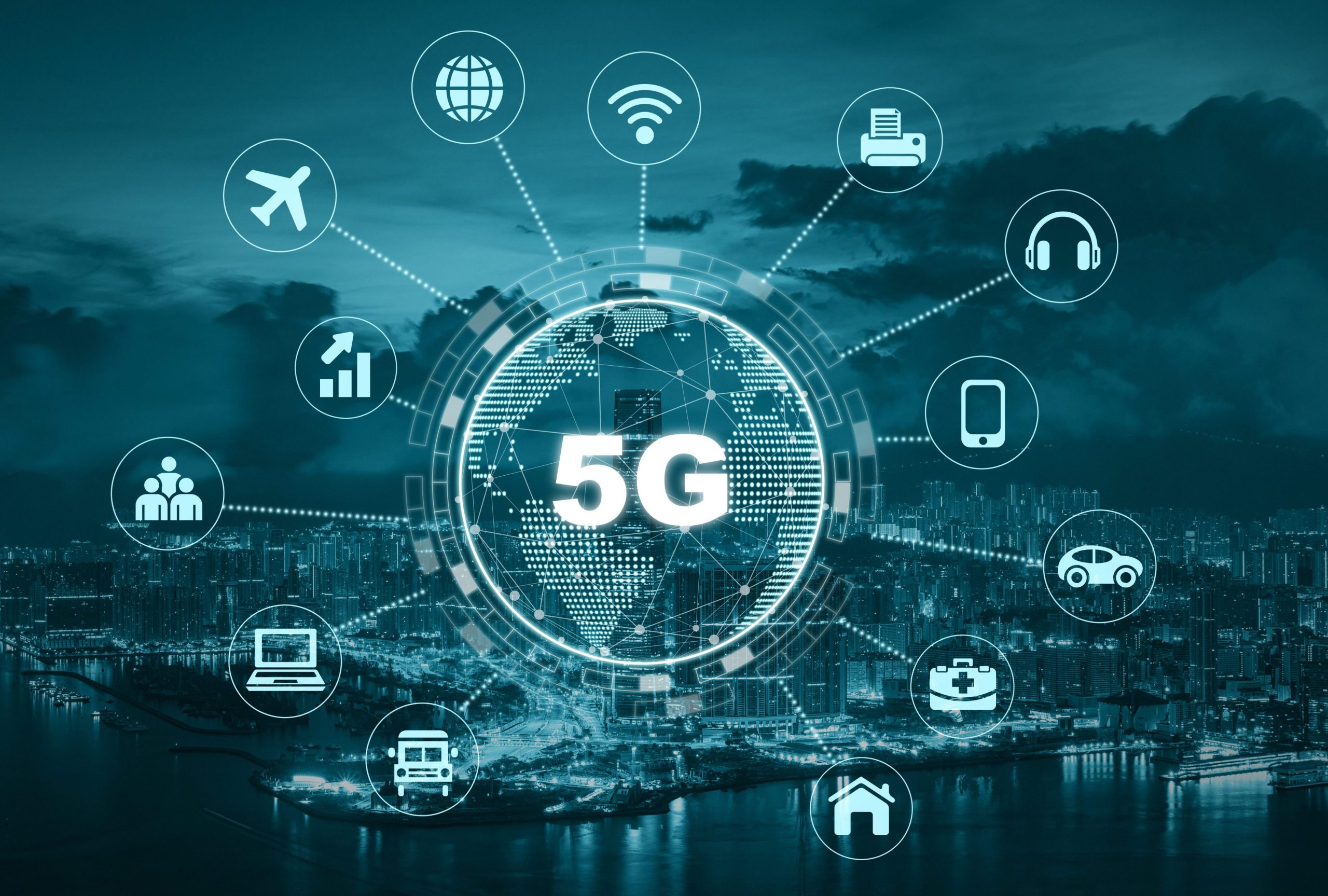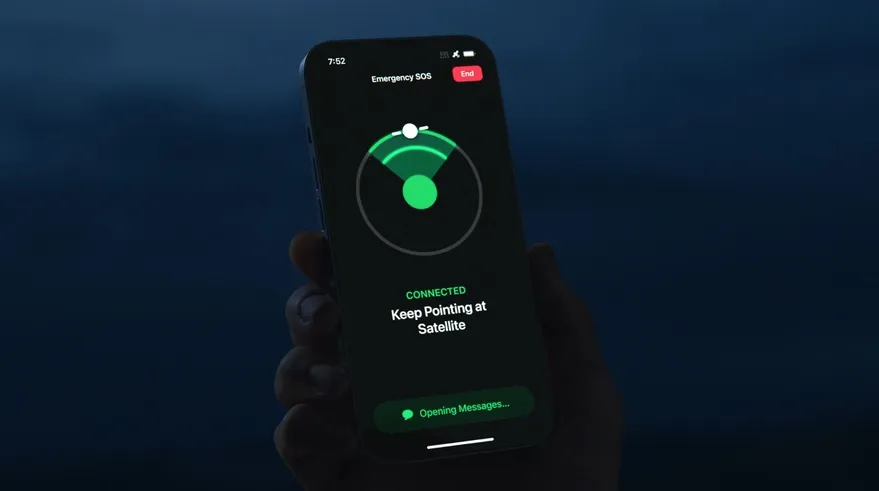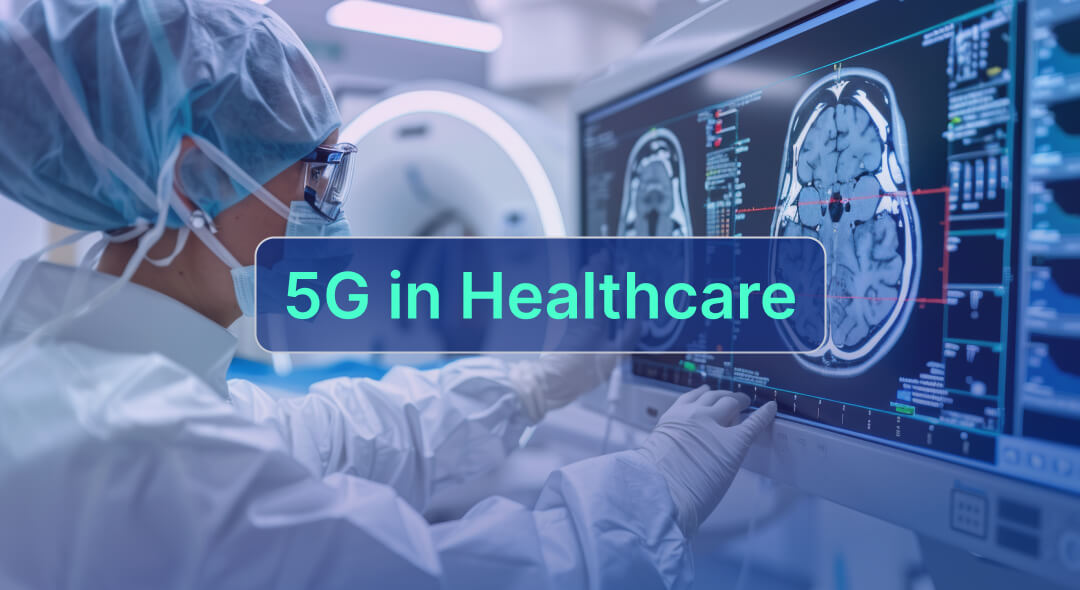justineanweiler.com – The rollout of 5G technology is revolutionizing the mobile landscape, promising faster speeds, lower latency, and greater connectivity. However, alongside these benefits come a series of challenges that stakeholders must navigate. This article explores both the advantages and obstacles associated with 5G.
Benefits of 5G Technology
- Increased Speed and Bandwidth
- Faster Download Speeds: 5G networks can deliver download speeds up to 10 Gbps, significantly faster than 4G. This improvement allows users to download large files, stream high-definition videos, and enjoy online gaming with minimal buffering.
- Higher Capacity: 5G can support a larger number of devices simultaneously, which is essential in crowded urban areas or during large events. This capability helps prevent network congestion and maintains consistent performance.
- Lower Latency
- Real-Time Communication: With latency as low as 1 millisecond, 5G enables near-instantaneous communication. This is particularly beneficial for applications requiring real-time feedback, such as online gaming, virtual reality (VR), and remote surgeries.
- Enhanced User Experience: Reduced latency improves user experiences in applications like video conferencing and interactive gaming, making them smoother and more responsive.
- Enabling IoT and Smart Cities
- Internet of Things (IoT): 5G provides the necessary infrastructure to support a vast array of IoT devices, from smart home appliances to industrial sensors. This connectivity can lead to smarter homes and more efficient cities.
- Smart Infrastructure: 5G can facilitate the development of smart cities, where traffic systems, public safety, and utilities are interconnected, improving overall efficiency and quality of life.
- Improved Reliability
- Stable Connections: 5G networks are designed to offer more reliable connections, minimizing interruptions and maintaining performance even in challenging environments. This is crucial for applications like autonomous vehicles and remote medical services.
Challenges of 5G Technology
- Infrastructure Development
- High Costs: Deploying 5G requires significant investment in infrastructure, including new base stations and fiber-optic cables. Many telecommunications companies face financial hurdles in upgrading their networks.
- Physical Space Requirements: 5G relies on a dense network of small cells to provide coverage, necessitating more physical installations. This can lead to challenges in urban planning and community acceptance.
- Spectrum Availability
- Limited Spectrum Resources: 5G requires access to new frequency bands, which may be limited or contested. Ensuring adequate spectrum availability is crucial for the successful deployment of 5G networks.
- Regulatory Challenges: Spectrum allocation is subject to government regulations, which can slow down the rollout process. Different countries may have varying regulations, complicating global deployment.
- Security Concerns
- Increased Attack Surface: The proliferation of connected devices in a 5G environment increases the potential for cyberattacks. Security measures need to evolve to address new vulnerabilities associated with IoT devices.
- Data Privacy Issues: With greater connectivity comes the challenge of protecting user data. Ensuring robust privacy protections is critical as more personal information is transmitted over mobile networks.
- Health Concerns
- Public Perception: There are ongoing debates and concerns about the potential health effects of 5G radiation. Although scientific consensus suggests that 5G is safe, public apprehension can hinder the deployment of new infrastructure.
- Misinformation: Misinformation about 5G technology can create fear and resistance among communities, complicating the rollout process.
Conclusion
5G technology holds the promise of transforming communication and connectivity, unlocking new possibilities for industries and consumers alike. However, its successful implementation is not without challenges. Stakeholders must address issues related to infrastructure, security, and public perception to fully realize the benefits of this next-generation network. As 5G continues to evolve, collaboration between governments, telecom companies, and communities will be essential to navigate the complexities of this technological leap.





